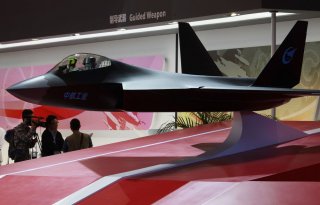by Georgia Leatherdale-Gilholy
 The Organization of Islamic Cooperation, the largest multilateral body claiming to represent the global Ummah, hosted a virtual meeting in honor of Kashmir Solidarity Day last Friday. In it, representatives from Pakistan, Turkey, Saudi Arabia, Niger and Azerbaija expressed their “unwavering” support for movements for Muslim self-determination in the Himalayan region where four of the most populous regions out of the six are disputed by India and Pakistan.
The Organization of Islamic Cooperation, the largest multilateral body claiming to represent the global Ummah, hosted a virtual meeting in honor of Kashmir Solidarity Day last Friday. In it, representatives from Pakistan, Turkey, Saudi Arabia, Niger and Azerbaija expressed their “unwavering” support for movements for Muslim self-determination in the Himalayan region where four of the most populous regions out of the six are disputed by India and Pakistan.Somehow, they neglected to denounce the government of China. Beijing is responsible for the administration of Kashmir’s easternmost provinces and is currently busy interning over three million Uyghurs in concentration camps.
When it comes to the pertinent issue of China’s extreme policies toward Uyghur Muslims, now designated as a genocide by the U.S. administration, the OIC regularly offers direct praise and deference to the state responsible. In fact, in a July 2019 statement, over a dozen OIC member states co-signed a letter which “commended China’s achievements in the field of human rights.” Yet Uyghur exiles are being arrested and deported across the Middle East, and Turkey is currently waiting to finalize the extradition treaty it struck with China in December, which would put its 100,000 Uyghur diaspora at high risk of deportation and death.
It’s easy to spot one factor behind the OIC’s dangerous double standards: money. The “Belt and Road’’ Initiative (of which the attempt to decimate and subjugate the Uyghurs is an unofficial component) is set to invest over $8 billion in a transcontinental “belt” of overland economic corridors. This “belt” and its corresponding maritime “road” will incorporate a vast chunk of the world’s Muslim-majority nations from Sudan to Indonesia. With the economic fallout of the coronavirus pandemic brewing, paired with long-term political instability and patchy development throughout the Muslim world, many states are predictably eager to get their share of the BRI pie, no matter the moral cost.
















/cloudfront-us-east-1.images.arcpublishing.com/mco/FFAP6246O5DK3CVKUGWY5GDQBU.jpg)


